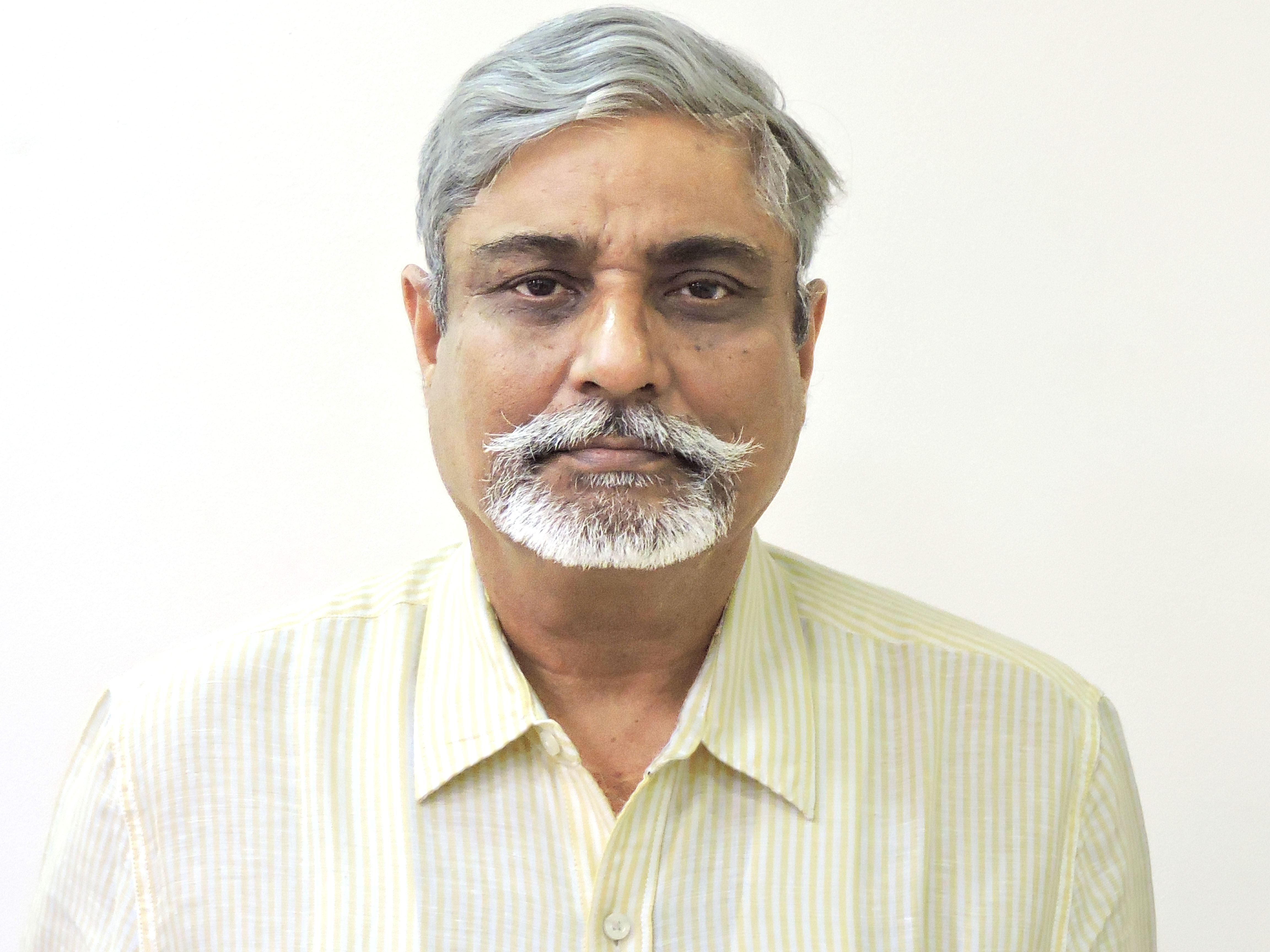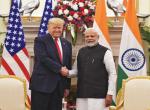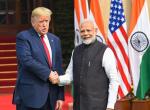“Want of foresight, unwillingness to act when action would be simple and effective, …confusion of counsel until emergency comes … are the features which constitute the endless repetition of history” – Anon
Defence Industry and Defence Preparedness
A nation’s industry is built upon a strong base of pure sciences and its translation into technology, all the three sprouting up essentially to meet economic demands. In case of India, poverty had limited the domestic markets for high technology quality products while trade protectionism did the same in the international arena. The result was that the indigenous industry got stymied in meeting low-end demands, the basic foundation of pure sciences was left to stagnate leading to brain drain, and research and development remained stifled in low priority.
As for the defence industry, India’s post-independence policy of repudiating military power as an instrument of statehood led to a situation when India’s vast World War II era defence sector infrastructure was unable to catch up with modern defence technology. Eventually, rising threat to India’s national defence led to her having to import, at heavy cost and under impinging conditions, most of her defence weaponry and equipment to match, to a minimalist extent, the aggressive neighbours. But since the fiscal ability to import modern military hardware could not be sustained, the Indian defence forces have been over time reduced to well below their designated capabilities.
More disconcertedly, India’s lag in modern science, technology and industry, particularly that in respect of defence industry, is so vast that it would take generations to catch up, provided a concerted thrust towards that end is sustained over the coming decades. Given the other challenges confronting India, that condition appears to be difficult to fulfil even as the threat to India’s security keeps rising.
India’s Strategic Insecurity
India’s weak foundations of scientific temper and industrial capacity at the time of independence, and exclusion from access to Western repositories of modern technology thereafter, has brought India to a condition of most disconcerting strategic insecurity. Indeed, it would not be any exaggeration to state that there is no other globally significant country whose national integrity stands so severely threatened. For India, it is a case of triple whammy, so to say.
The first whammy arises from two of her militarily powerful, innately aggressive next-door Northern and Western neighbours choosing to gang up to undermine India’s territorial integrity as an objective matter of their national objective. The second one arises from the more powerful of the duo usurping India’s centrality in the Southern waters of the Indian Ocean while using its massive economic strength to adversely influence India’s traditionally Indo-centric neighbours. The third whammy comes from India’s combination of misdirected defence industrial policies, archaic defence acquisition process and meagre defence allocations all of which has translated into a debilitating military ‘hollowness’.
It is that context that the issue of substantial US-India Defence Cooperation needs to be examined.
US-India Defence Cooperation
At no time in her independent existence has India been so assiduously courted for ‘comprehensive strategic partnership’ by any of the international players, let alone by a global super power. The reference here is to the US’ describing India as a key contributor to her power-politics and embracing the latter into a new two-by-two (2 by 2, or 2+2) ministerial dialogue, the purpose being to ‘enhance strategic coordination’ between the two democratic and freedom promoting nations in order to ‘maintain peace and stability in the Asia-Pacific Region’.
Not that there had been any dearth of such intent in the past among the ever-active shapers of international dispensation, but the offers had remained firmly repudiated by the Indian leadership’s idealist, and arguably practical, principles. No doubt, those principles have brought many accomplishments to an India that had been rendered destitute by centuries of exploitation. But it is also undeniable that the isolation from closer connections with the advanced world has prevented her from catching up with the runaway sciences, technologies and industrialisation of the modern era. Even if that was done under certain understandably genuine reservations, India continues to pay the price of closing such options.
Obviously, the US offer is anything but philanthropic. In the American strategic calculations, India could play a key role in the continuation of her super power status in general and the security provider’s role in the Asia-Pacific Region at a lesser cost in terms of men, material and finances. The key consideration here is that US-India defence cooperation offers to India a ready route to close the aforementioned generational lag that afflicts her science, technology and industry sectors. Indeed, defence cooperation with the most advanced defence industry would enable India to skip many steps of the time and cost intensive ladder and so to secure lateral entry into higher levels of research, design and production of modern military hardware.
No doubt, the American are not naïve to offer their frontier military technologies, and what is shared would remain a step or two behind the latest. But even then, lateral entry by skipping more numerous steps of design and development would be no mean advantage either. Further, accorded the right focus, a ‘step-behind’ technology would open up avenues to develop indigenous finishing algorithms and designs commensurate to Indian requirements and customised to secrecy parameters.
There would be unwarranted conditions and demands from the stronger partner of course, but astute measures can always be adoptable to limit the issues of mutual differences. That in fact is necessary, because if repudiated too long and too irritably, the opportunity of gaining out of the strategic partnership might pass, while the super power looks to alternate options.
The Course of US-India Defence Cooperation
The quest for substantive Indo-US relations began in 1995 with signing of an ‘Agreed Minute on Defence Relations’. After a decade of stagnation, a ‘Defence Framework Agreement for the US-India Defence Relationship’ was signed in 2005. This document focused on defence trade, joint exercises, personnel exchanges, collaboration and cooperation in maritime security and counter piracy operations, exchanges between each of the Services, etc. As a sequel to that Defence Framework Agreement, the ‘Defence Technology and Trade Initiative’ (DTTI) was initiated in 2012, the objective being to facilitate collaborative defense co-production of modern weapon systems with American technologies. The salience of DTTI is that it would make it possible to modernise India’s defence forces and defence industry - the former by import of modern weaponry to the extent unavoidable and affordable, and the latter by collaborative research, technology acquisition and industrial cooperation. Inter alia, that level of DTTI partnership would also strengthen the two economies.
Meanwhile, there arose a constituency of naysayers who saw red in the very mention of strategic partnerships and interest-group alliances, and tried to mar that ever proven political option into an electoral xenophobia. The resistance flows out of political apprehensions of compromising with India’s ‘military neutrality’, raising the major defence supplier, Russia's piqué, and adverse effects of the American 'Asia Pivot' Strategy on the current Sino-Indian relations. That line of thought is also reinforced by the instances of US defecting, in self-interest, from commitments made. A more informed, practical and mature policy making, instead of baulking in fear and self-doubt at the very mention of strategic partnerships, would rather focused upon the clauses of such alliances and make sure that these serve Indian interests as much as that of the partner’s.
After two decades of dithering, in 2015, the Defence Framework Agreement was renewed for the next 10 years. Under this renewed Agreement, the following ‘pathfinder projects’ of joint development and production were identified:-
- Intelligence-gathering and reconnaissance modules for C-130J Super Hercules,
- Mobile electric hybrid power sources for aircraft,
- Chemical, biological warfare protection gear,
- Modern unmanned aerial vehicles (UAV), Raven.
Subsequently, two more collaborative development and production projects, and four government-to-government science and technology cooperation projects, have been identified – the fields of cooperation are expected to expand hereafter. The defence cooperation may thus turn into a robust foundation for the ‘Defend India’ and ‘Make-in-India’ initiative.
Beginning the early 2000s, the US proposed a set of three defence related ‘Foundation Agreements’. One of these, the ‘Logistical Exchange Memorandum of Agreement’ (LEMOA), was signed after the ‘conscience keepers’ breast-beating evoked no interest among the polity, and operationalised in 2016. As the name suggests, this Agreement covers provision of logistic cover to each of the partner’s forces from their respective support infrastructure. No promise of coalition military action, basing foreign troops or concession from sovereignty contentions are made.
Present Status of Defence Cooperation
Presently, the US is pressing for finalisation of the other two foundation agreements, namely: the Communications Compatibility and Security Agreement, or COMCASA (earlier named as Communications and Information Security Memorandum of Agreement, or CISMOA); and the Basic Exchange and Cooperation Agreement (BECA).
The COMCASA, as the US elaborates, is needed to be in place to permit India to fully harness the capabilities of communication security equipment meant for exchange of classified military information and installed on military platforms that she imports from the US. The BECA, on the other hand, provides for collection, processing and sharing of geospatial information between the two militaries. This in fact is the most significant field of cooperation because in the modern dispensation, competent military deployment and usage of modern weaponry envisages comprehensive and updated geospatial mapping.
Like any instrument, while the three foundation agreements offer far-reaching advantages, military as well as civil, to either of the nations; but are also liable to misuse. India finds the terms of COMCASA as impracticable on account of her rather extensive Russian defence connections and the related agreements which must be inviolable. Similarly, the BECA is found disagreeable as it would open up India’s own geo-spatial data bank to American scrutiny. Thus there is the doubt over India’s sovereign freedom. But the issue here is not on points of disagreement, it is to find mutually accommodative solutions, and that hurdle should, as it has been in most instances, be surmountable.
Many official level confabulations later, in August 2017, the US mooted the offer of 2+2 Dialogue, and packaged it with the remarkably grand gesture of referring to the region as ‘Indo-Pacific’, and renaming its Pacific Command as ‘Indo-Pacific Command’, or USINDOPACOM. Semantics apart, the 2+2 Dialogue proposes to raise the level of confabulations from Secretary to Ministerial level.
What America Wants
As stated above, the American outreach to India after so many decades of mouthing soothing rhetoric alongside a deliberate policy to overlook of relentless assault on Indian nationhood comes from her inescapable needs. At no time in recent years has the terms of America’s global supremacy and power wielding interests have been so brazenly ignored and defied by, besides a host of innately anti-America forces, her business partner of five decades - China. Even her enchanting protégée of seven decades – Pakistan – has been misleading her, with her tacit overlook of course. Presently, even a resurgent Russia is finding the duo’s company rather agreeable. Thus the current situation, wherein the American dispensations are exploited to undermine her interests, obliges the US to look for dependable and capable allies to maintain her global leadership. Finally, with the coming of the Trump Administration, it is apparent that the US is intent on wriggling out of her opportunist clients’ geo-political blackmail and invest in more dependable relationships.
The situation is aptly summarised by what a notable Washington D.C. based conservative think tank, the American Enterprise Institute (AEI), states in its recent report titled ‘An American Strategy for Southeast Asia’. The basic points of arguments in the Report are:-
- The United States should adopt a ‘comprehensive strategy for Southeast Asia with security, economic, and governance components to defend her interests and ensure peace and stability in the Indo-Pacific region’;
- Southeast Asia, ‘a region comprised of 635 million people in 11 countries which has been increasingly affected in recent years by China’s growing economic and military might’ holds geopolitical importance on account of the sea lanes that pass through it, and the resources which it contains.
- ‘China’s claims over the South China Sea and its military build-up on man-made islands pose a security threat not only to her Southeast Asian neighbours, but also to American interests in the region, given the potential of drawing the U.S. into the territorial tussles’. Further, ‘A free and open Southeast Asia is crucial if the United States wants to achieve her broader goals in the region’.
- The Trump administration has modelled an Indo-Pacific strategy in an effort ‘to manage China’s militarisation in the South China Sea and the Indian Ocean, and growing Chinese economic power with its multitrillion-dollar Belt and Road Initiative in Eurasia and Southeast Asia’. US pledge, at the ASEAN Foreign Ministers’ meeting in Singapore, of $290 million in aid of ‘security funding’ for Southeast Asia as a counterbalance to China’s plans to step up her engagement in the region is a concrete step in that direction.
Conclusion
Exploited and undermined by her beneficiary regimes, the US policy makers have been, for the past two decade or so, intent on forging strategic partnerships with mature, law abiding and stable powers. Rising appreciation of the Indian manner of statecraft, as evidenced by a regular sequence of India-favourable gestures, pronouncements and partnership initiatives are the result of that policy.
Given her mounting strategic vulnerability on the one hand, and the huge technological lag on the other, it is important for India to find avenues to co-develop and co-produce, even import when necessary, modern defence hardware. For that, should there be manageable accommodations to be made in the US-India defence cooperation initiatives, that must be acceptable in the interest of national defence in an increasingly vicious, predatory environment. Needless to state, that does not absolve the Indian defence policy makers to from going all-out in the ultimate goal of strengthening, expanding and building up indigenous defence research, development and production. In fact, defence cooperation with advanced military powers would have to be but a process of that reaching that objective.
National defence, and its corollary, the call for ‘military necessity’ needs to be attended to with all alacrity. India needs US’ partnership to modernise her defence industry while US too needs India to sustain her premier status in the region. That is an equation that India would let loose at her peril.
(The paper is the author’s individual scholastic articulation)
Image Source: https://media.defense.gov/2017/Sep/26/2001817156/825/780/0/170926-D-GY869-275.JPG










Post new comment